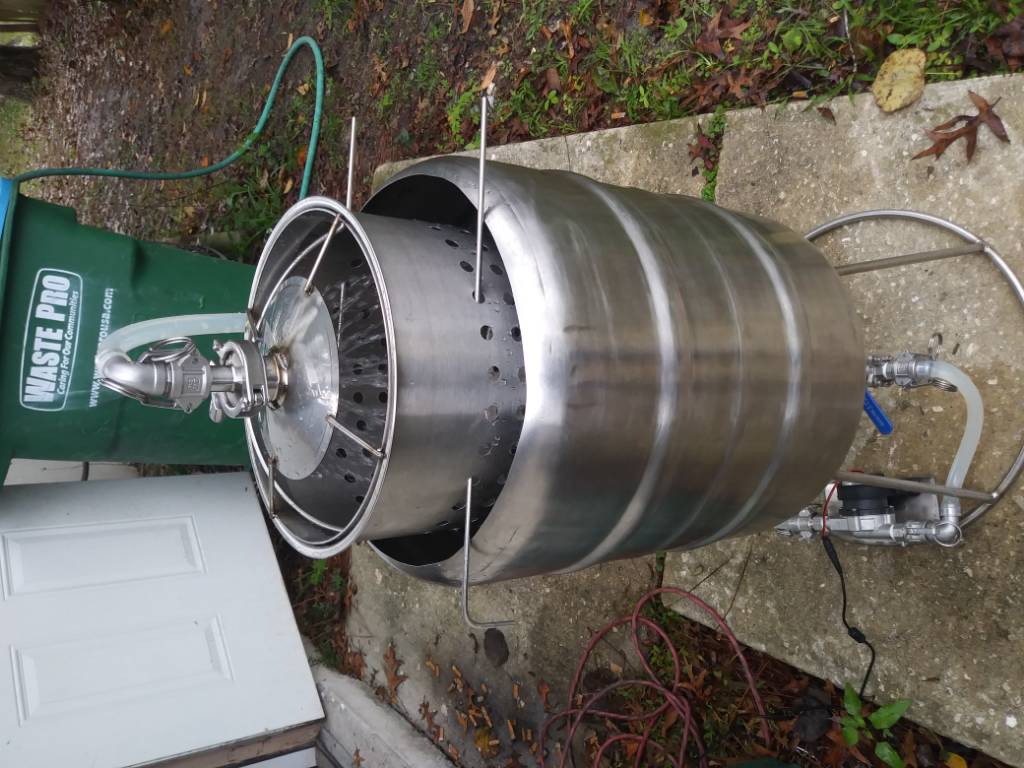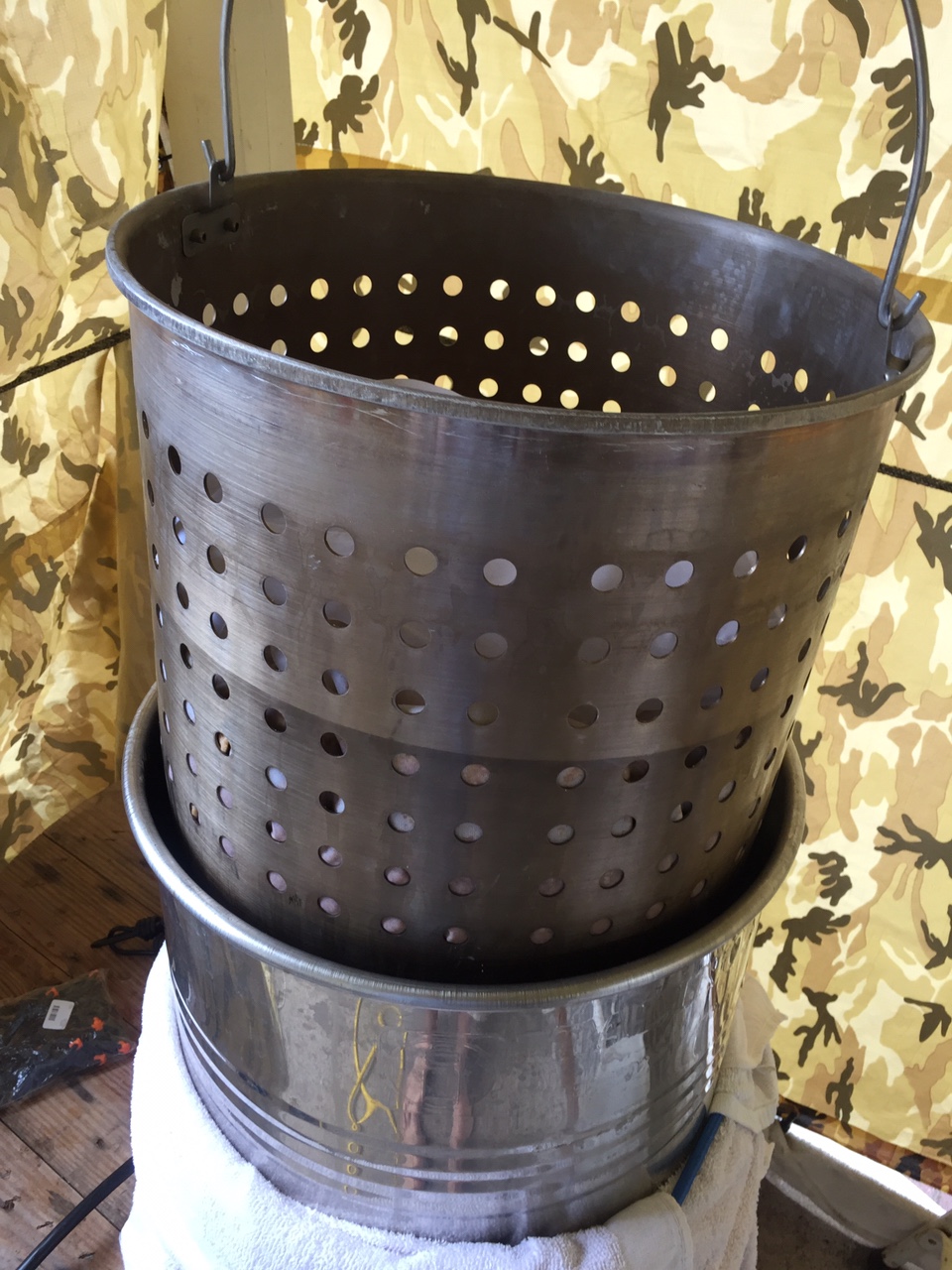odie
Well-Known Member
Your olive oil barrel kettle is cool, I've never seen one. Where'd you find it?
In Crete, Greece. I was stationed there back in the late 90's...I think I actually did my first all grain stuff there...was getting stuff mailed from St Patrick's of Texas, out of a magazine back when they were small time...
anyway, my smaller kettle from extract/specialty grains wasn't cutting it...I was downtown wandering all the small mom and pop shops and came across this wonderful Inox SS barrel...actually I think it might be Italian made...all the local farmers and families do olive oil...these barrels the crushings sit in and oil separates and they drain it from the spigot (which I really liked, the spigot thing)...well I think that's what the guy was trying to say...it's all Greek to me...


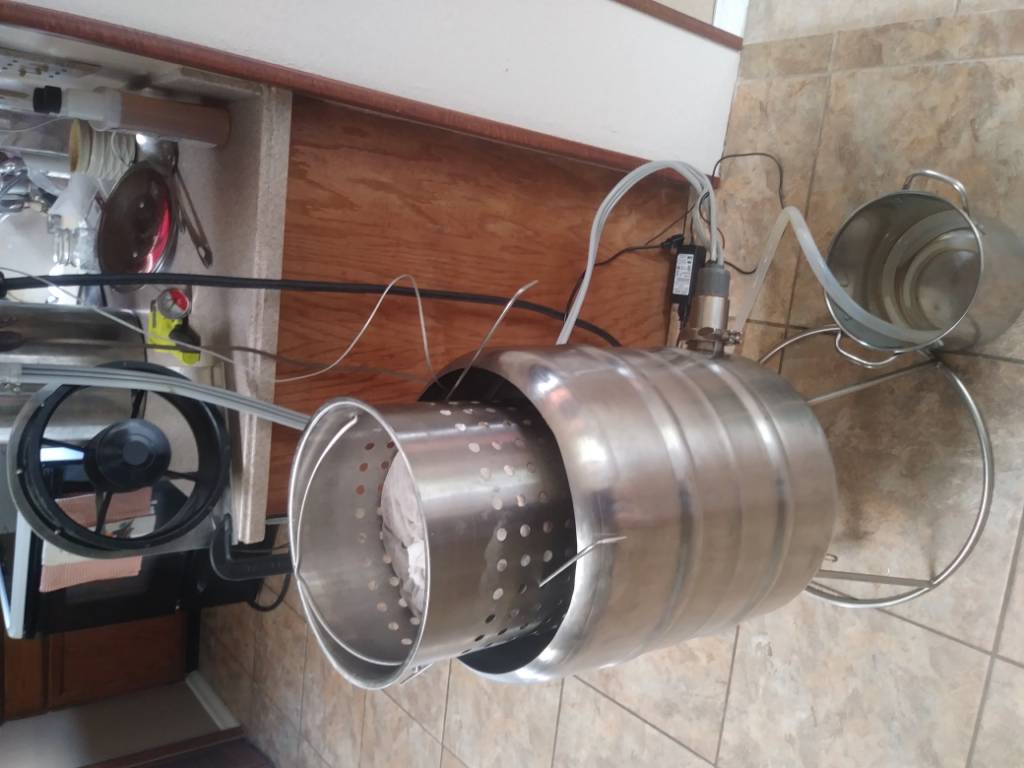
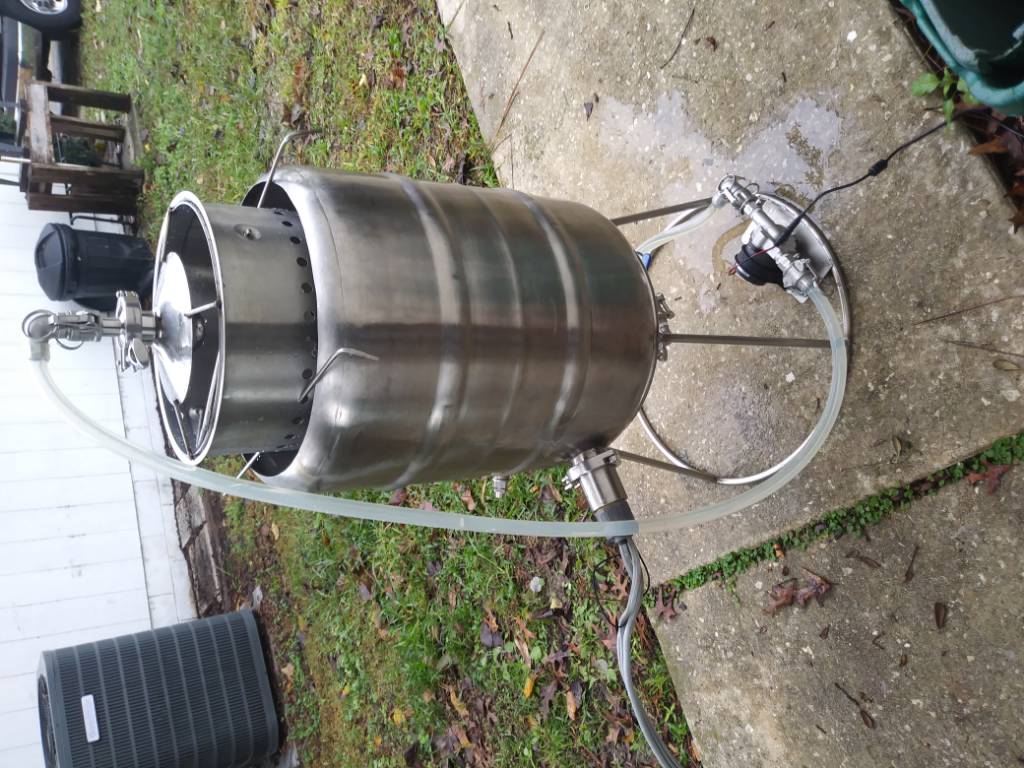
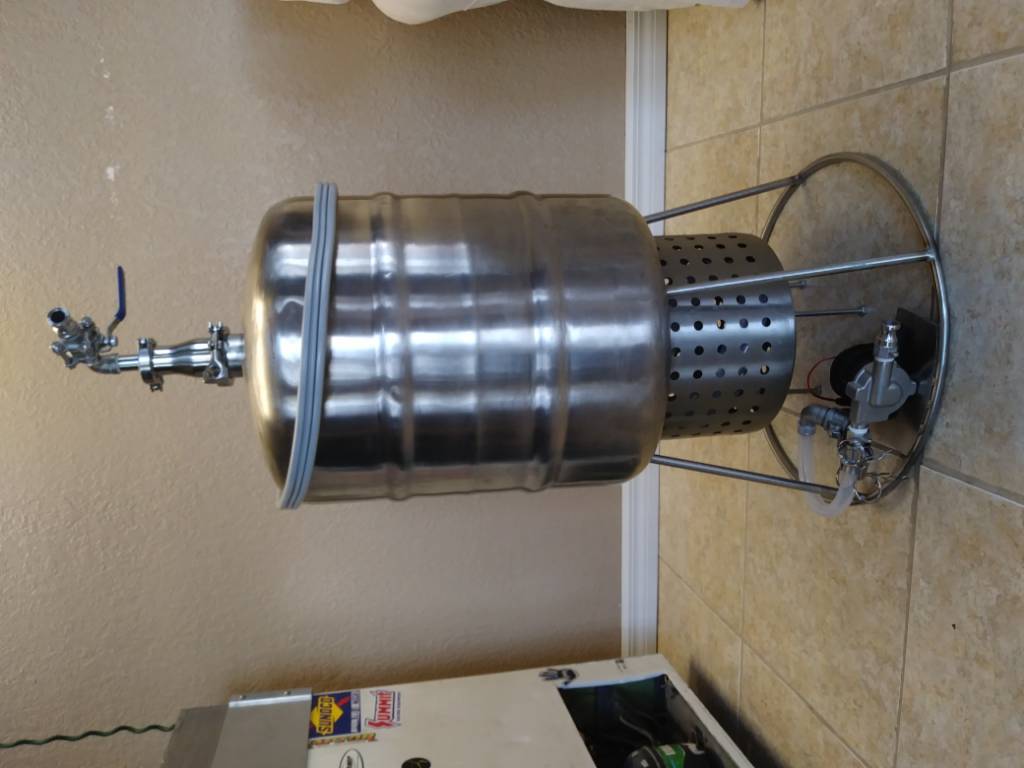





![Craft A Brew - Safale S-04 Dry Yeast - Fermentis - English Ale Dry Yeast - For English and American Ales and Hard Apple Ciders - Ingredients for Home Brewing - Beer Making Supplies - [1 Pack]](https://m.media-amazon.com/images/I/41fVGNh6JfL._SL500_.jpg)

















































